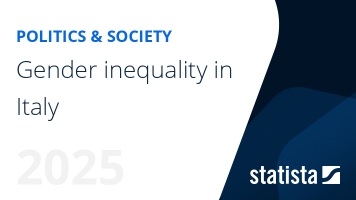Gender inequality in Brazil - statistics & facts
Women in power positions
Brazil is one of the four South American countries who have had women serving as heads of government or heads of state. In 2011, Dilma Rousseff became the first woman to be elected president. However, women in leadership positions are still not common in the country. In fact, only two out of 27 federative units have women as governors. In legislative positions, women have never, at least since 2002, represented more than 19 percent of positions, regardless of the legislative body for which they were candidates.At corporate level, women occupied only 29 percent of the executive positions in 2023. When broken down, only 17 percent of the presidency roles were held by women, with vice-presidency being the most held position. Looking at industries, the primary sector has only had seven percent of its presidencies held by women, whereas the commerce sector appears to be the most female-friendly, with one out of every two leaders being a woman.
Socio-economic inequality
The Brazilian women have faced a higher unemployment rate at least since 1999. But not only do they have less employment opportunities also, when employed, have shorter work weeks. In the third quarter of 2023, women on average worked approximately 37 hours per week, while their male counterparts worked 41 hours. Furthermore, the gender pay gap favored men in almost every professional category and educational background.Inequality also happens in unpaid tasks. Women spend more time than men in domestic work. In 2022, unemployed women in Brazil worked almost twice as many hours per week than unemployed men. When it comes to caregiving activities of children, the elderly, or people with disabilities, women have a higher participation than men. In 2022, nearly 35 percent of women performed some task related to caregiving, while the share of men was just over 23 percent.










































